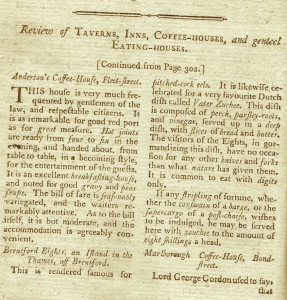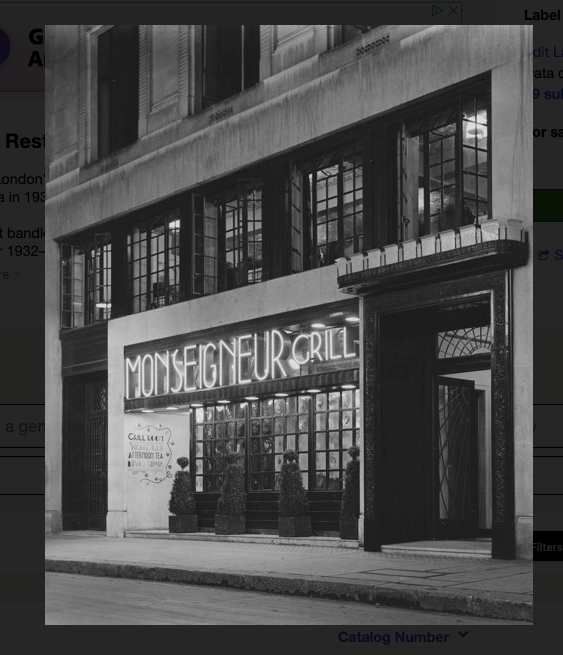
This eating place has undergone various transformations since its heyday in the nineteen thirties. In the mid fifties, when the following description was published by Fanny and Johnnie Cradock, it was the haunt of literary agents and publishers, among other types.
‘ As the Ivy restaurant is to the theatre, so Monseigneur’s is to that critical, cocktail of pedants, psychiatrists and introverts, the book publishers and the literary agents, the majority of whom are addicted to good food. A minority in our experience requires more of a wine than it is young and not corky. Only a fraction can distinguish between wines that have been fairly ordinarily handled and wines that have been cherished in the great tradition. For this reason the Monseigneur, where the food is never less than good and is sometimes more than very good, suits this brigade down to the socks. Signor Gualdi suffers from insufficient cellarage and keeps a relatively small stock of wines. Such as he keeps will serve you well—in their category, but his wine list does not soar vinously, as he will be the first to agree. Indeed, this courteous and experienced restaurateur soars above the only point of criticism to his own lasting success and the gratification of many contented diners. Among these, in other days, Signor Gualdi numbered the then Prince of Wales, who was particularly addicted to a house speciality of 1955, Choux Monsieur, a welcome and original addition to the hors d-oeuvre trolley. Equally agreeable is the house custom of a dish of the day, Silverside of Beef and Dumplings on Wednesday, Bouillabaisse on Fridays, are days in which we have interested ourselves profoundly. The coffee, too, is excellent, made on the proprietor’s remarkable little table Vesuvius at luncheon-time, when the restaurant seethes with custom and by night, when the tempo is suited to a more leisurely pattern of dining, which is pursued in great comfort.’
What the Cradocks omit to mention among their catty remarks on literary agents is that the Monseigneur Grill was a significant example of Art Décor design and internal décor. Certainly the RIBA seems to think so, as its archives contain a number of striking photographs showing the interior of the restaurant. Designed by architects William Henry White & Sons in 1931 and decorated by French decorators Marc-Henri and Laverdet ( who also designed the interior of the Whitehall Theatre in 1930 ) in a flamboyant style, its dining area was decidedly spacious, but lacked a certain intimacy.
Continue reading

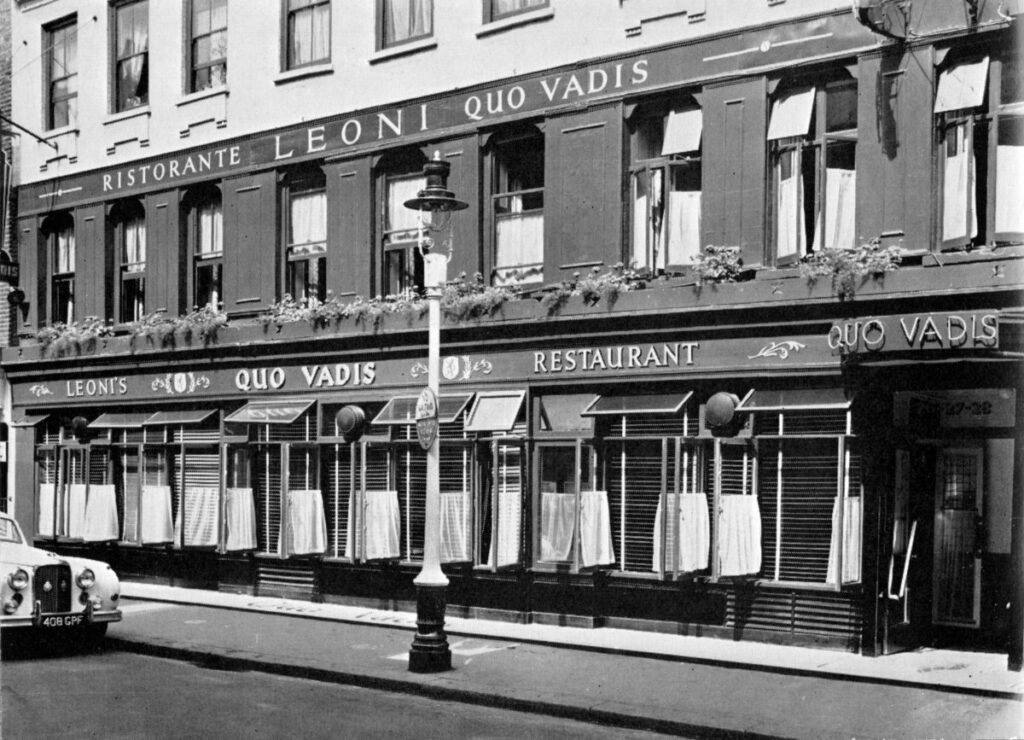

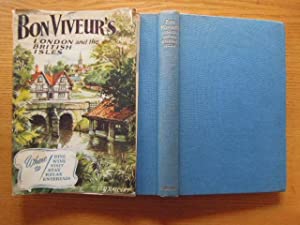

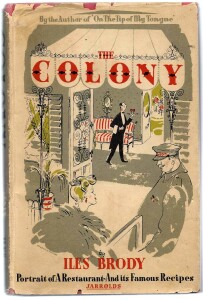
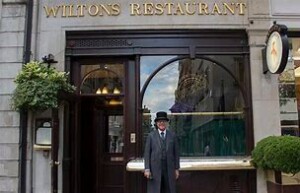
 ‘Magdalen, both the most beautiful and the most intellectually diverse. Christ Church is an unreconstructed sanctuary of the worst in British snobbery; Balliol is like an American law school, full of politics and ambition. Magdalen has everything : class warfare on even terms, superb tutors, an immense spectrum of interests and tastes’. Other colleges are available…
‘Magdalen, both the most beautiful and the most intellectually diverse. Christ Church is an unreconstructed sanctuary of the worst in British snobbery; Balliol is like an American law school, full of politics and ambition. Magdalen has everything : class warfare on even terms, superb tutors, an immense spectrum of interests and tastes’. Other colleges are available…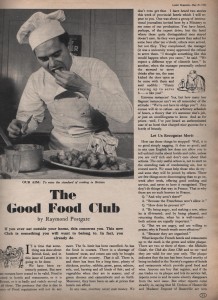
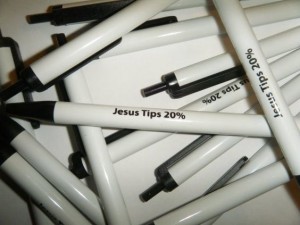


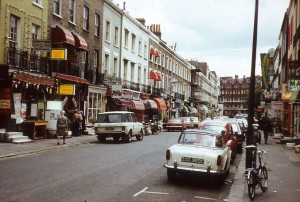 In his Good Food Guide of 1961-62 Raymond Postgate describes the trendy Parkes’ Restaurant at Beauchamp Place (above) in Kensington as ‘ a personal restaurant, dependent upon Mr Ray Parkes, the chef and owner, who offers in his basement at high prices what is claimed to be , and up to date is, haute cuisine.’
In his Good Food Guide of 1961-62 Raymond Postgate describes the trendy Parkes’ Restaurant at Beauchamp Place (above) in Kensington as ‘ a personal restaurant, dependent upon Mr Ray Parkes, the chef and owner, who offers in his basement at high prices what is claimed to be , and up to date is, haute cuisine.’
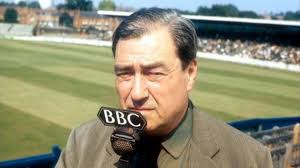
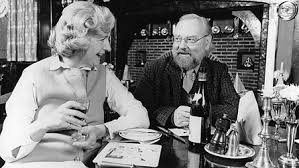
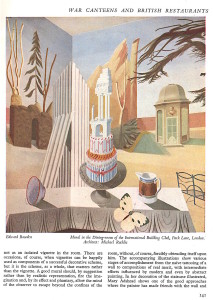 It is a sad fact that most of the best mural paintings executed in canteens, cafes and restaurants in the UK no longer exist. Unlike those executed for some public buildings, those in private premises are subject to the taste of those who take over the property. By far the most notorious example was, of course, the murals executed around 1913 on the walls of Rudolf Stulik’s Restaurant de la Tour Eiffel in Percy Street, just off Tottenham Court Road, by Wyndham Lewis, which were later painted over.
It is a sad fact that most of the best mural paintings executed in canteens, cafes and restaurants in the UK no longer exist. Unlike those executed for some public buildings, those in private premises are subject to the taste of those who take over the property. By far the most notorious example was, of course, the murals executed around 1913 on the walls of Rudolf Stulik’s Restaurant de la Tour Eiffel in Percy Street, just off Tottenham Court Road, by Wyndham Lewis, which were later painted over.